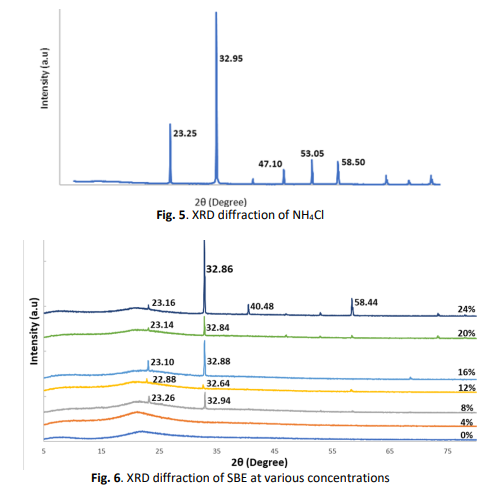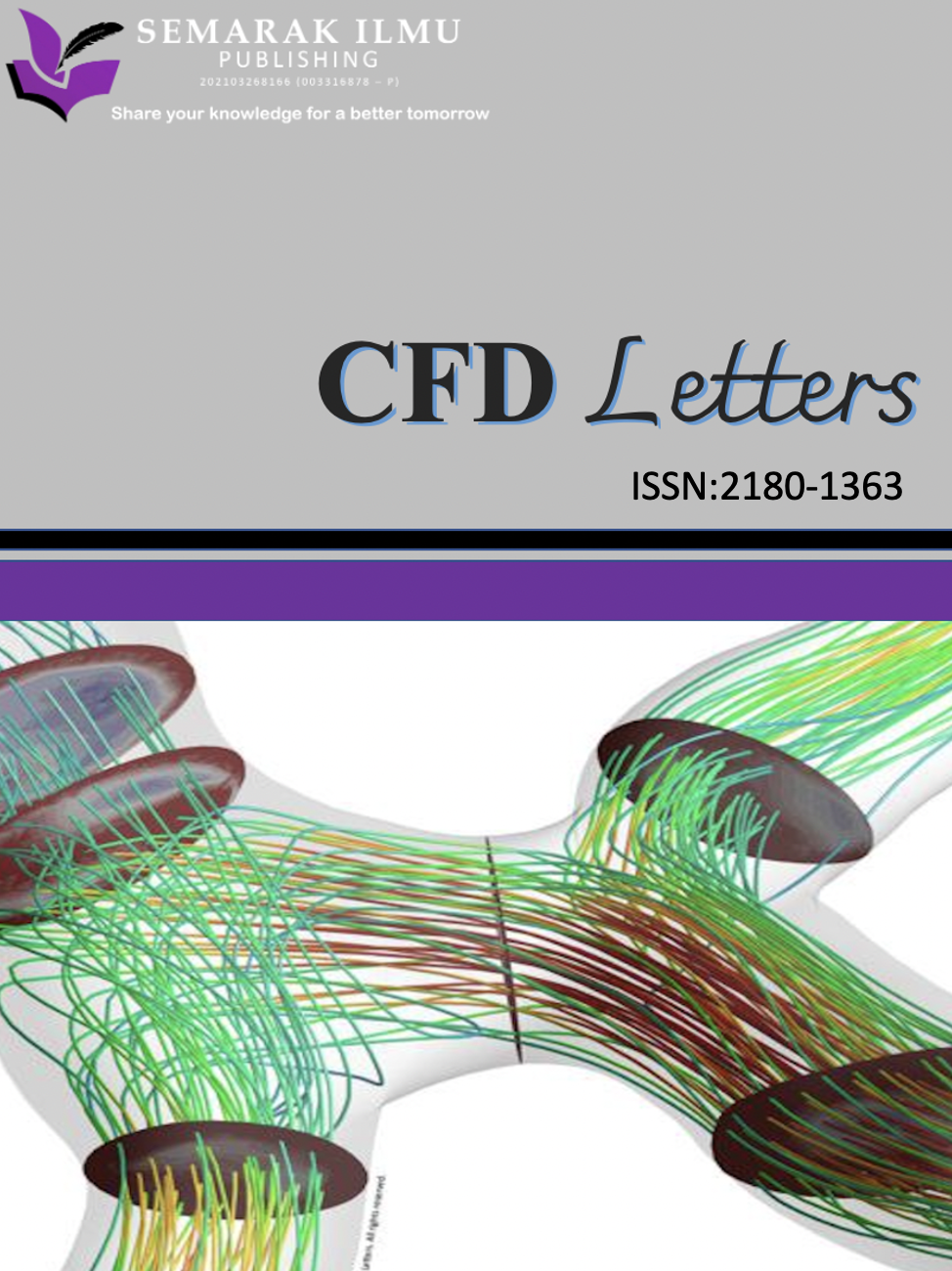Structural Studies of Solid Biopolymer Electrolyte System Based on 2-Hydroxyethyl Cellulose Blend with Ammonium Chloride
DOI:
https://doi.org/10.37934/ard.126.1.1525Keywords:
Biopolymer electrolytes, ionic conductivity, X-Ray Diffraction (XRD), Fourier Transform Infrared (FTIR)Abstract
The discovery of solid biopolymer electrolytes (SBE) made of biopolymer materials, 2-Hyroxyethyl Cellulose (2HEC) containing ammonium chloride (NH4Cl), is presented in this article. The samples were measured using electrochemical impedance spectroscopy (EIS) to determine their ionic conductivities. The sample containing 16% NH4Cl had the highest conductivity at room temperature, which was 1.74 x 10-3 Scm-1. Based on the X-Ray Diffraction (XRD) results, all samples were mostly amorphous. In order to explore the production of biopolymer-based complexes, Fourier Transform Infrared (FTIR) spectroscopy was used to describe the interaction of biopolymer-based electrolyte films. These findings demonstrated the potential of the biopolymer-based electrolyte for use in electrochemical devices.
Downloads























